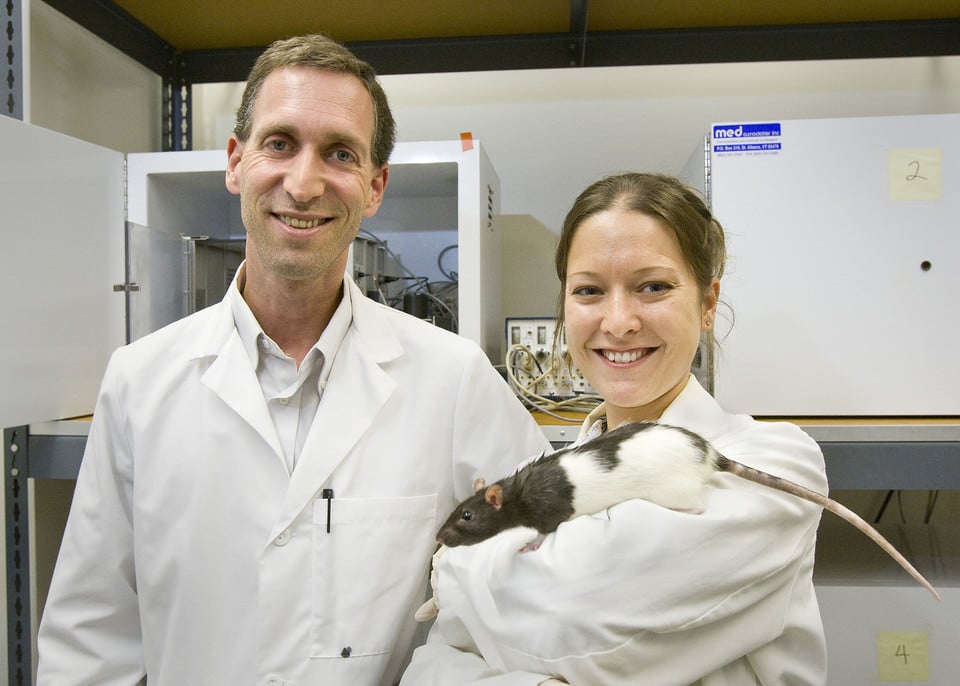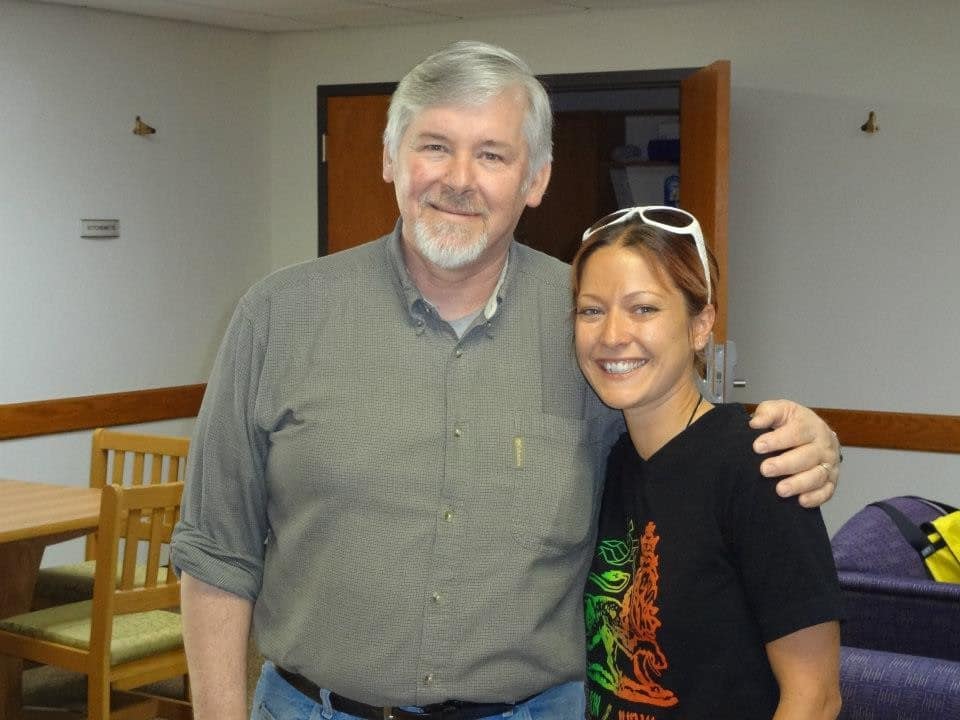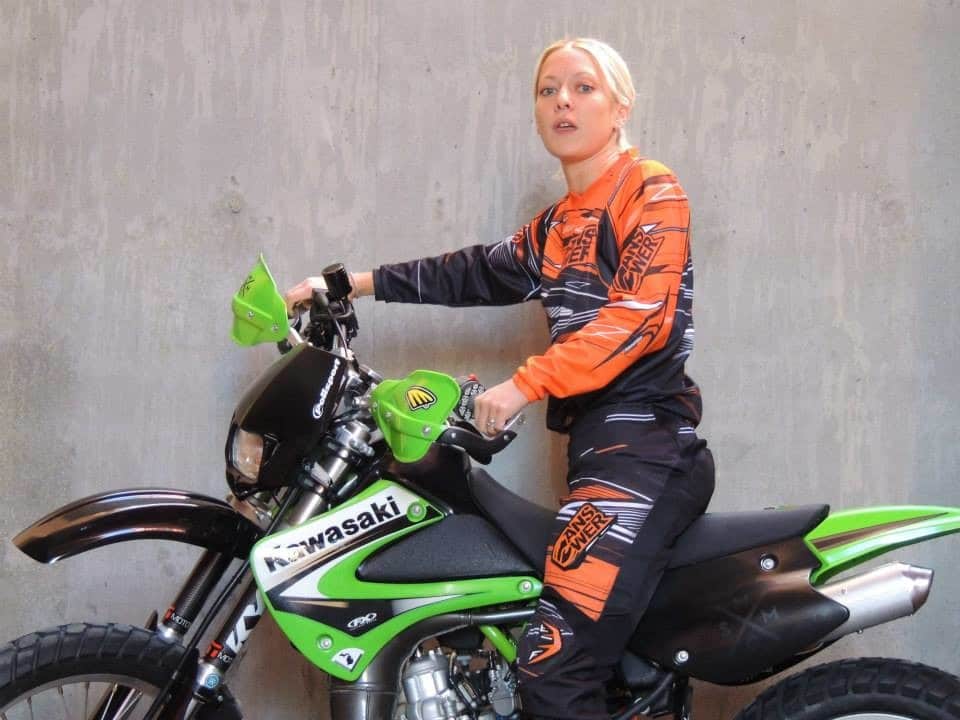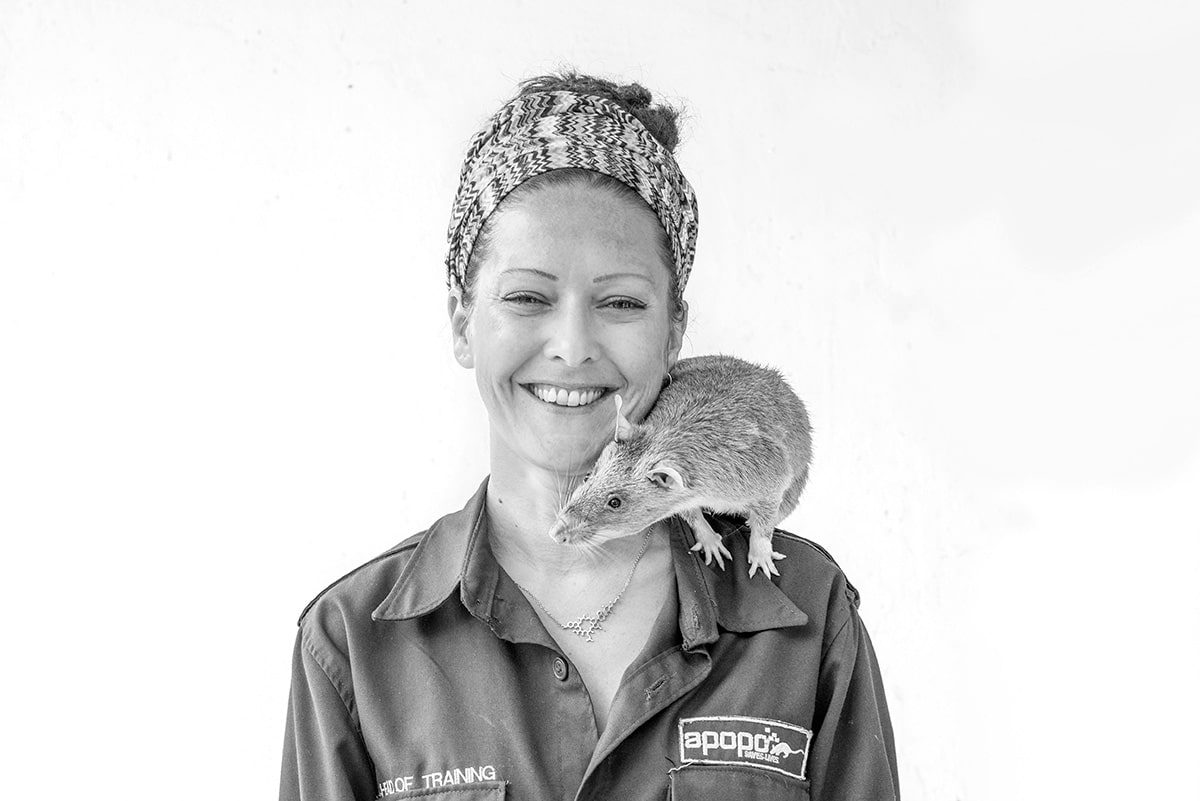International Day of Women and Girls in Science.
Today is the International Day of Women and Girls in Science, a day to celebrate the achievements of women in STEM. Science and gender equality are both vital for the achievement of the U.N. Agenda for Sustainable Development. That means closing the gender gap and getting more women working in these fields. Diversity in research expands the pool of talented researchers, bringing in fresh perspectives, talent and creativity.
According to UNESCO, less than 30% of researchers globally are women. While a growing number of women are enrolling in university, many opt out at the highest levels required for a research career. APOPO is dedicated to promoting women in all areas of our work, including the vital science that supports our life-saving rat detection research. Many skilled scientists and engineers have contributed to APOPO’s endeavor since it began as a research project more than 20 years ago. Today, our activities are driven by a number of very talented women.

Cindy Fast sporting her Women in Learning shirt under her doctoral regalia.
We caught up with Dr. Cindy Fast, Head of Training and Innovation in an interview series to celebrate women in science at APOPO and hear more about her background and experiences.
What is your scientific background?
I first became involved in scientific research as an undergraduate student at Albion College, where I majored in Psychology with a Neuroscience concentration. Together with my degree coursework, this research experience taught me that I had already been applying the scientific method and resulting principles in much of my daily life, including the methods I had been using since a very young age to train family pets.

Aaron Blaisdell and Cindy Fast, credit: UCLA Newsroom
Thereafter, I earned my PhD from UCLA where I examined the neurobiological underpinnings of animal learning, memory, and cognition in a variety of species (including rats). This research incorporated a multi-faceted approach involving behavioral methods, neuropsychopharmacology, immunohistochemistry, and the scientific theory of learning, among others. I then served as a post-doctoral fellow at Rutgers where I used cutting-edge neuroimaging techniques to visualize rodent olfactory sensation and perception, particularly how learning and expectation modulate these processes, before joining APOPO where I now serve as the Head of Training and Innovation.
Why did you choose to become a scientist?
I don’t think I really chose to become a scientist so much as I chose to follow my passions and curiosity, which led me into science. Looking back, I always really enjoyed my science classes throughout middle school and high school, but never really considered myself becoming a scientist. Indeed, when I started college (after taking a few years off) I did not start as a science major, but as I began enrolling in courses that built on the content I particularly enjoyed from other classes, I found myself spending more and more time in the science wing of campus. Honestly, I don’t think I consciously realized that I was becoming a scientist until I was already working on my Ph.D. in science!
Did you have a role model that influenced your decision to work in science?
Not exactly a role model per se but I was fortunate to have a really incredible mentor that helped me find my path in science.

Cindy Fast (right) pictured with her mentor, Jeff Wilson
How did you choose your field of study?
When I entered college as an undergraduate, my aim was to become a forensic psychologist. In this role, I thought I might help rehabilitate persons that had committed crimes and increase their opportunities to live fruitful lives after incarceration. Secretly, I also thought I could discover what caused these individuals to make the poor decisions that landed them in prison and use these insights to develop methods or strategies that could prevent others from following down the same path. In short, I wanted to help people by gaining a better understanding of behavior. I found myself fascinated by the neuroscience themes addressed in the psychology courses I was taking and began pursuing a concentration in neuroscience for my degree. It was in this pursuit that I discovered the scientific study of animal learning, memory, and behavior. Not only did this field of science more directly address the questions I had been hoping to answer, it did so in a more controlled way where clearer conclusions could be drawn. As a lifelong lover of animals, I was thrilled by the prospect of also working with animals to answer questions that could translate to the human condition. It wasn’t until after I had earned my Ph.D. that I became involved in olfactory research serendipitously as a tractable system for studying how learning and memory influence sensation and perception.
What are your biggest achievements?
In terms of career achievements, I received the Gingerelli Distinguished Dissertation Award from UCLA and the New York Academy of Sciences James McKeen Cattell Gold Medal. These were really thrilling awards to receive, but I’m also very proud to have earned the Pavlovian Society Student Poster Award and be invited to deliver the keynote address at a couple very prestigious scientific conferences.
Do you come from an academic family?
No, I’m the first member of my family to earn a college degree.
If you could give advice to young girls in STEM (or a younger version of yourself), what would that be?
From what I’ve seen, everyone grapples with imposter syndrome to varying degrees or at different times in science, but it’s important to never let these feelings discourage you. For me, part of my struggle with this syndrome was fueled by having diverse interests and passions that didn’t seem to fit the stereotype of a scientist. However, the more scientists I met, the more I realized no one really fits neatly into this stereotype (as is usually the case for all stereotypes). Furthermore, the most successful scientists I encountered were those that embraced their passions and incorporated their unique diversities into their science. This is what sparks true innovation.

Dr. Cindy Fast
I realized I could be artistic in my approach to neuroscience and how I presented results, I could use my automotive mechanic skills to build research apparatus, I could design clever experiments to ask questions traditionally not possible in science, and I didn’t need to hide my tattoos while at conferences either. So my advice on this would be to always be yourself and embrace your uniqueness as a strength. Don’t be afraid to explore possibilities or opportunities and never stop questioning and discovering!
Join APOPO today in celebrating International Day of Women and Girls in Science – may we see many more women and girls inspired to pursue STEM-related fields in higher education and careers!

